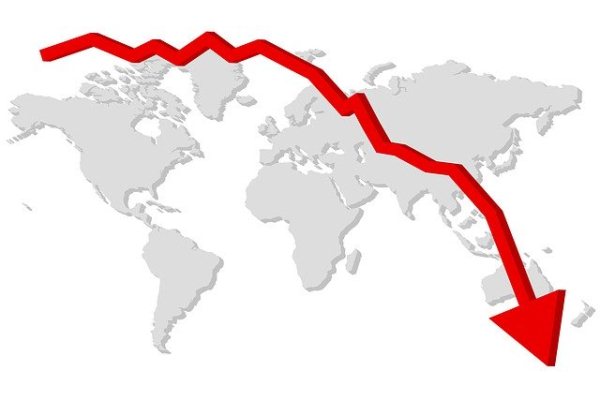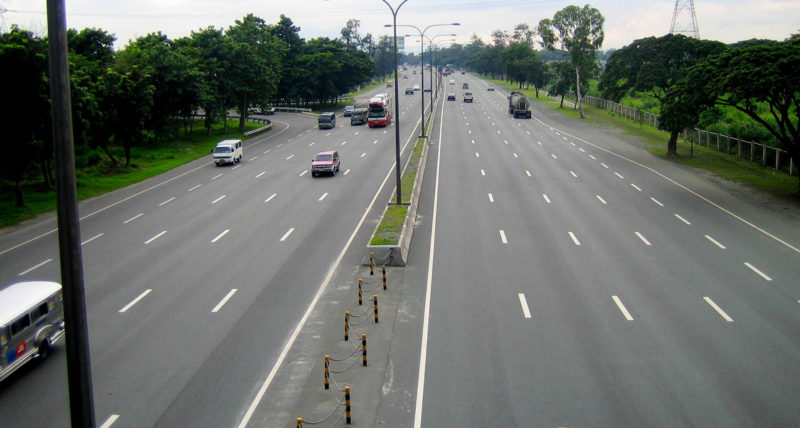
The sister airlines carried a total of 2,740,830 passengers last month, a drop of 7.1% compared to October 2018. In the first 10 months of 2019, the number of passengers carried grew by 0.5% year-on-year.
The two airlines carried 183,119 tonnes of cargo and mail last month, a drop of 4.9% compared to the same month last year. In the first 10 months of 2019, the tonnage fell by 6.6% as compared to the same period for 2018.
“It continues to be a challenging time for both the Cathay Pacific Group and for Hong Kong,” group chief customer and commercial officer Ronald Lam said.
“In response to weakened travel sentiment to and from Hong Kong, we have so far reduced our passenger flight capacity against our original schedule by 2-4% between August and October, and 6-7% for November and December.”
In October, demand for travel into Hong Kong remained weak with inbound passenger traffic seeing a year-on-year decline of 35%, consistent with the trend seen in both August and September, Lam added.
The drop in outbound Hong Kong traffic was 13% in October, again similar to the trend over the past two months.
Transit traffic via Hong Kong remained relatively less affected, he continued. “Our passenger load factor dropped by 4 percentage points to 77.6% compared to the same time last year. Apart from reduced traffic volume and load factor, overall passenger yield also continued to be under significant pressure,” Lam added.
“Mainland China routes in particular felt significant pressure with weak travel sentiment to Hong Kong by mainland tourists. Demand for premium class travel was also sluggish with passenger volume seeing a double-digit dip in October, traditionally a peak month for business travel. Japan routes were the star in our network—the Rugby World Cup generated good demand, especially from England and South Africa when both teams advanced to the final.”
Looking ahead, Lam said the group’s advance bookings continue to show weakness in both inbound and outbound Hong Kong traffic for the rest of 2019, partly offset by moderately increased transit passengers via Hong Kong.
“Cargo volume continued to improve as the market entered into its peak season of the year, with demand picking up after the National Day holidays in October,” he added.
This began with an uptick in raw materials and machinery parts into mainland China, followed by encouraging exports from mainland China and Hong Kong, especially into trans-Pacific and European markets. Month-on-month tonnage growth was recorded across all sales territories.
“We anticipate this positive momentum continuing through mid-December,” he said. “However, overall cargo yield remained significantly below that of the same time last year.”
“Overall we foresee a challenging remainder of 2019 for our airlines. We expect our second-half financial results will be significantly below those of our first-half. The short-term outlook remains challenging and uncertain.”
But Lam assured that despite these short-term challenges, “our strong commitment to the long-term development of Hong Kong and our airlines remains the same.”
Image by PublicDomainPictures









